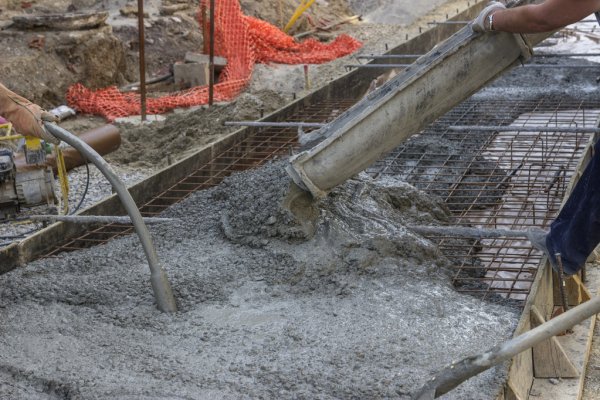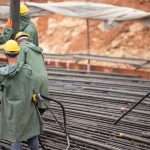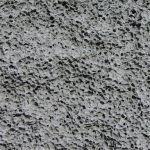Air entrained concrete

A major advance in concrete technology in recent years is the introduction of tiny disconnected air bubbles into concrete called air entrainment. Air entrained concrete results from using either an air-entraining cement or an air-entraining admixture during mixing.
Adding entrained air to concrete provides important benefits in both plastic and hardened concrete, such as resistance to freezing and thawing in a saturated environment. Air entrapped in non-air-entrained concrete fills relatively large voids that are not uniformly distributed throughout the mix.
Properties
The following are properties of air entrained concrete:
1. WORKABILITY
The improved workability of air entrained concrete greatly reduces water and sand requirements, particularly in lean mixes and in mixes containing angular and poorly graded aggregates. In addition, the disconnected air bubbles reduce segregation and bleeding of plastic concrete.
2. FREEZE-THAW DURABILITY
The expansion of water as it freezes in concrete can create enough pressure to rupture the concrete. However, entrained air bubbles serve as reservoirs for the expanded water, thereby relieving expansion pressure and preventing concrete damage.
3. DE-ICERS RESISTANCE
Because entrained air prevents scaling caused by de-icing chemicals used for snow and ice removal, air-entrained concrete is recommended for all applications where the concrete contacts de-icing chemicals.
4. SULPHATE RESISTANCE
Entrained air improves concrete’s resistance to sulphate. Concrete made with a low W/C ratio, entrained air, and cement having low tricalcium-aluminate content is the most resistant to sulphate attack.
5. STRENGTH
The voids to cement ratio basically determines air-entrained concrete strength. For this ratio, voids are defined as the total volume of water plus air (both entrained and entrapped). When the air content remains constant, the strength varies inversely with the W/C ratio. As the air content increases, you can generally maintain a given strength by holding the voids to the cement ratio constant. To do this, reduce the amount of mixing water, increase the amount of cement, or both. Any strength reduction that accompanies air entrainment is minimized because air-entrained concrete has lower W/C ratios than non-air-entrained concrete having the same slump.
However, it is sometimes difficult to attain high strength with air-entrained concrete, such as when slumps remain constant while the concrete’s temperature rises when using certain aggregates.
6. ABRASION RESISTANCE
Air-entrained concrete has about the same abrasion resistance as that of non-air-entrained concrete of the same compressive strength. Abrasion resistance increases as the compressive strength increases.
7. WATER TIGHTNESS
Air-entrained concrete is more watertight than non-air-entrained concrete since entrained air prevents interconnected capillary channels from forming. Therefore, use air-entrained concrete where water tightness is a requirement.


